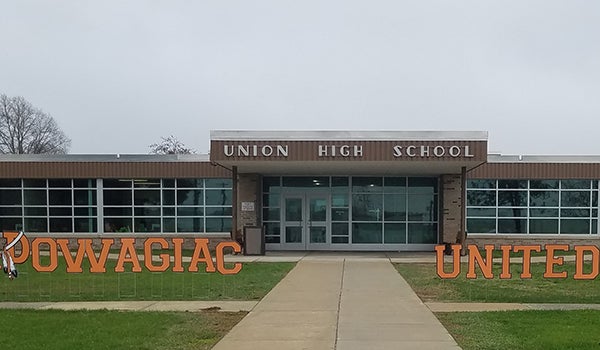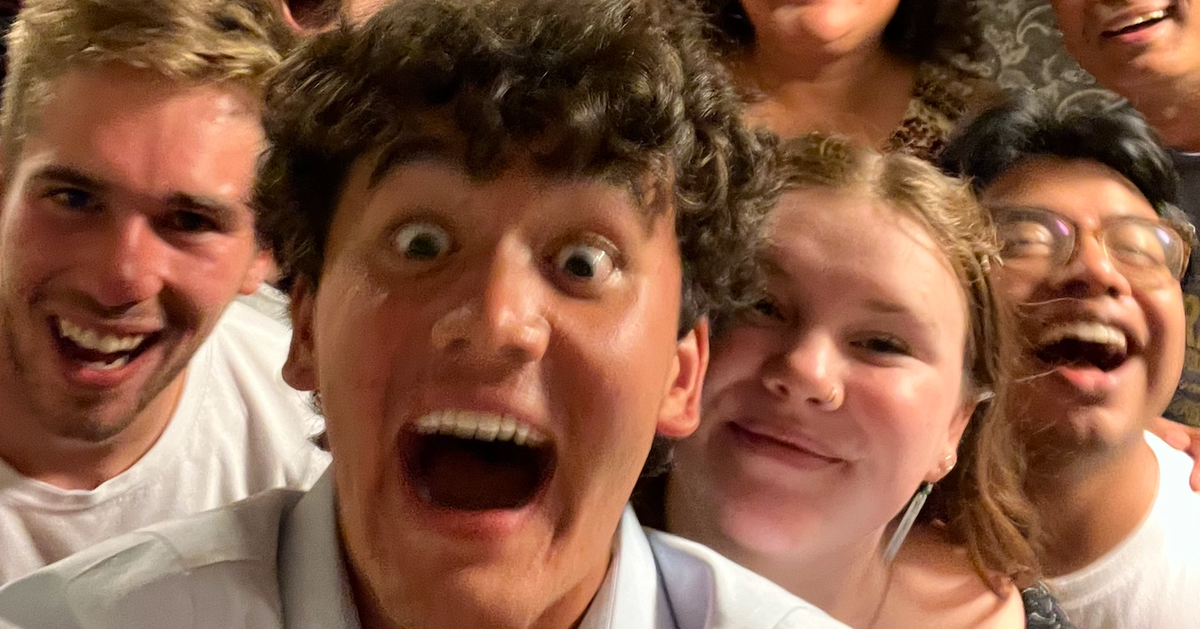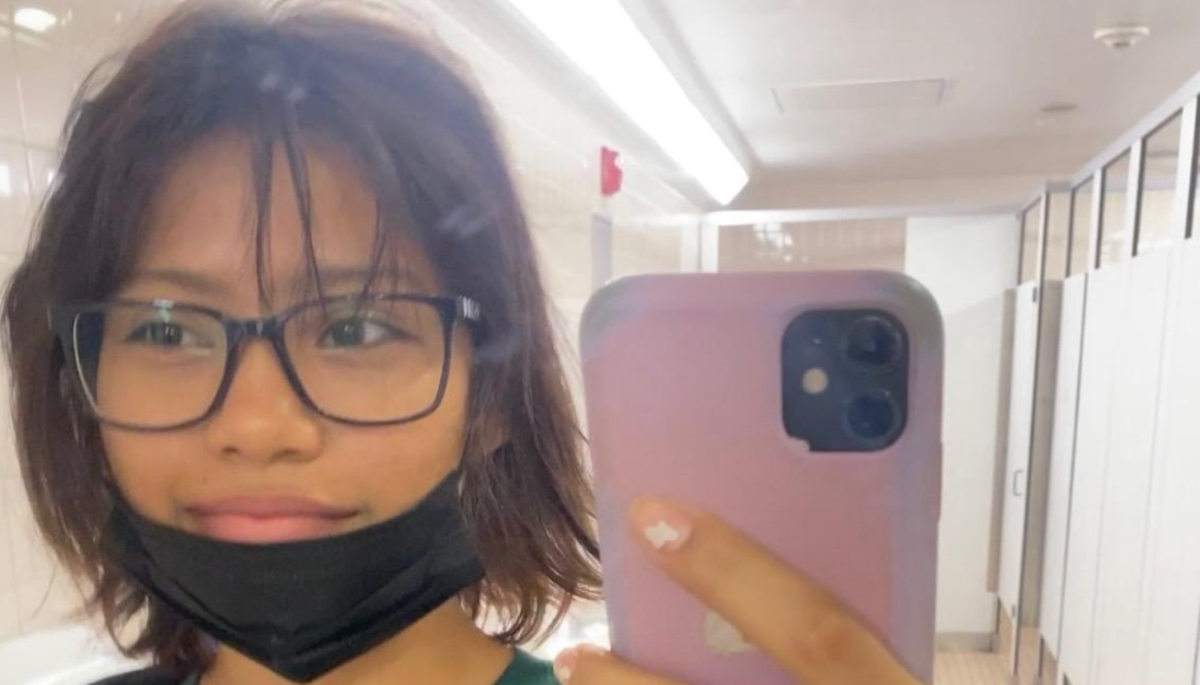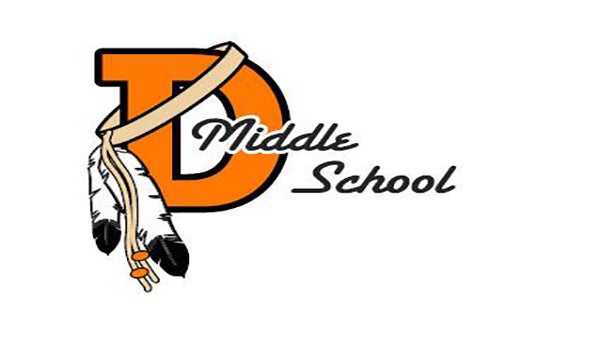What, exactly, happened at the after-school drag show event at Hempfield High School that raised questions and sparked controversy?
Several weeks later, that answer is still unclear.
However, through eyewitness testimony and photographs and videos reviewed by LNP | LancasterOnline, some details have surfaced.
A student member of the Hempfield High School Gay Sexuality Alliance club has come forward to defend the April 25 after-school drag show which sparked an outcry and led to an ongoing investigation.
Hempfield Jr. and GSA Vice President Miguel Angel Rosado addressed the school board during the public comment portion of Tuesday’s board meeting, which drew hundreds of people online and in nobody.
“Please listen to what I have to say, as I was physically present at this event,” Rosado said during the public comment portion of the meeting. “First and foremost, I feel like a lot of retaliation is due to a lack of education and lack of context.”
On the face of it, Rosado said, the event seems like something the school shouldn’t allow, but Rosado says drag shows have value, especially for members of the LGBTQ+ community. Drag shows are an integral part of the LGBTQ+ community and its history, Rosado said.
He regrets that the event, through the lens of social media, turned into something different and in his public comment said: “I wish things hadn’t gone the way they did. fact.”
So far, the district has placed three people, whom it did not name, on administrative leave. At Tuesday’s meeting, board chair Grant Keener said an investigation is still ongoing and the district could not share any further details at this time.
Superintendent Mike Bromirski urged residents to refrain from speculating about the nature of the event in the absence of information released by the district. However, photos and videos allegedly taken at the show, along with speculation and comments, have already circulated on social media platforms like Facebook.
How did the queens dress and play?
NL | LancasterOnline has viewed some photos and brief portions of video confirmed to be of the April 25 performance. Viewing was allowed for a short time and all of the images showed the same drag queen. A drag queen is a man who dresses in women’s clothing, usually for entertainment purposes.
The videos watched by LNP | LancasterOnline did not show the Queen dancing in a way that simulated sexual activity, as was seen in some videos alleged to be from the event and posted online.
The queen wore a short blue dress that fell to mid-thigh and an orange colored wig. In a live photo, the Queen was shown dropping into a semi-squat from a standing position. Live Photos is a feature on iPhones that records what happens 1.5 seconds before and after a photo is taken.
One of the concerns expressed about the drag show is the attire of the performers. In a statement released by the district on April 29 announcing that it was investigating what happened, he wrote that “neither the guest attire nor the performance was appropriate in our school setting.”
The dress, Rosado told the school board on Tuesday, however, was no different from many other extracurriculars.
“Yeah, some of the outfits showed a little more skin,” Rosado said during the board meeting’s public comment period, noting that the performers weren’t naked. “But, the performers all wore bathing suits, leotards, sweaters, skirts or dresses.” The photos and videos viewed by LNP | LancasterOnline fit those descriptions.
“Heteronormative” activities, such as wrestling, cheerleading, swimming, homecoming and prom allow for similar outfits, Rosado said. Things described as heteronormative are seen as denoting a worldview that promotes a female-male relationship as the preferred sexual orientation.
And, in some fashion design courses taught in high school, Rosado said, students can design and make the outfits a drag queen would normally wear.
Besides the attire, another point of contention was the nature of the performance, which some parents called “sexual”.
“I feel like we’re promoting sexually explicit behavior,” parent William Crawford said during the public comment portion of Tuesday’s board meeting.
Rosado sees it differently.
Drag shows, Rosado said, feature dancing — an art form — not stripping or a “sex show.”
“It doesn’t seem fair to condemn this medium of art, deeming it inappropriate and sexualizing when the school allows students to submit (depictions of) actual nudity for art assignments in art classes,” Rosado said. to the council.
And those pieces, Rosado said, can sometimes be found at art shows with students below high school.
Additionally, Rosado said that a dance or performance like the drag show is not much different than school-related extracurricular activities like gymnastics and musicals.
Students at the event were also not brought on stage to dance with the performers, Rosado told the board.
An event three consecutive years
The dress and dance moves during the April drag performance for the club were no different than they had been in the past three years the event has been held, Rosado said. In previous years, no complaints or issues had arisen with the performance either, he told the board.
“I don’t understand how the school said they were appalled at what happened when they were housed for so long with shared videos and photos of previous events on the Schoology page, which is monitored. by advisers and administrators,” Rosado said during public comment.
Schoology is a learning management system that the Hempfield School District uses to create, manage, and share assignments and resources in its schools. Students can only see messages from groups they belong to, such as the Gay Sexuality Alliance club or a specific class. Joining groups is by invitation only from a counselor, teacher, or employee.
One of the Gay Sexuality Alliance advisors, French teacher Kelly Tyson, shared a post on Schoology after the April 25 event thanking the students for participating. And, a high school student involved with the club shared reminders about the upcoming event with members.
At Tuesday’s school board meeting, several parents called for more accountability from the district and wondered how the event could have gone unnoticed or unapproved. In its initial statement, the district said it does not condone “this type of activity” in its schools.
“The school has a reputation to uphold and high morals to establish,” mother Angela Hess said at Tuesday’s meeting. “By allowing this to happen, it sets the tone that this sort of thing is OK at school.”
In an effort to “debunk some misconceptions about the event”, for people who weren’t there. Rosado explained during the reunion that the drag queens all wear visitor passes on their clothing.
And, Rosado continued, the drag queens volunteered their time and did not receive payment at taxpayer expense.
A form of gender expression
The event wasn’t just for entertainment, according to Rosado.
For the LGBTQ+ community, Rosado said drag performances have historic value.
“Drag is a very big part of the community itself, but also of its history,” Rosado said in a public comment, adding that while the event was open to all students, it was primarily for students. students of the Gay Sexuality Alliance club or who belong to the LGBTQ+ community.
Drag dates back to the late 1800s, when anti-cross-dressing laws were used to enforce normative dress for one’s gender at the time. And drag began – out of necessity – in Shakespearean theater. Men had to dress as women to play female roles in the late 16th and 17th centuries, when women were not allowed to perform.
“Drag is a form of gender expression that can be expressed through performance,” Rosado said in a public comment. “It’s all about mixing, blurring or even erasing gender boundaries. And in condemning this event, we deny gay students their own history.






:quality(70)/cloudfront-us-east-1.images.arcpublishing.com/cmg/QH3JQBCU4BDHJKOG4A3ID33KRU.jpeg)
